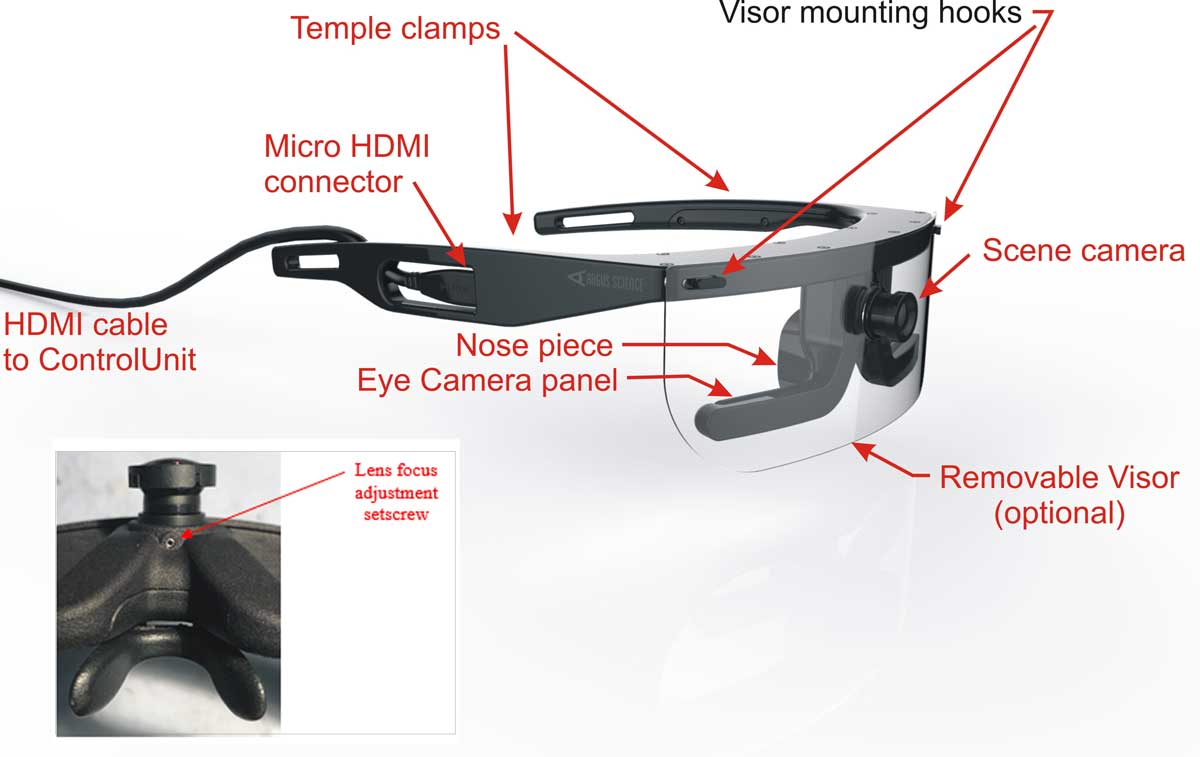 The wearable optics unit resembles an eyeglasses frame that can be worn by itself or over the participant’s prescription eyeglasses. It contains miniature “eye cameras” that view each eye and a “scene camera” that views the scene in front of the participant, and a microphone.
The wearable optics unit resembles an eyeglasses frame that can be worn by itself or over the participant’s prescription eyeglasses. It contains miniature “eye cameras” that view each eye and a “scene camera” that views the scene in front of the participant, and a microphone.
The left and right bottom sections of the frame each include a panel containing a camera and a pair of LEDs. The panels rotate within an outer enclosure so that it is possible to adjust the camera vertical aiming direction with respect to the optics frame. Although these panels are usually best left in their standard position, it may be necessary to use this adjustment if facial structure makes the optics frames sit in an unusual position or angle on the face.
The frame comes with two nosepieces that can be interchanged to adjust the vertical position of the entire frame with respect to the face; each nosepiece may be flexed to fit different nose profiles as required. To remove a nosepiece, simply pull the nosepiece horizontally away from frame. Attach a nosepiece by pressing the two pins on the nosepiece into the mating holes in the frame. The frame can also be worn with no nosepiece to position the frame at the lowest possible position on the face.
A microphone is located in the part of the frame that sits just above the participant’s eyebrows.
An optional visor attaches and detaches from the frame by mating small slots at the upper corners of the visor with small hooks on the frame.
The scene camera lens protrudes from the frame just above the nosepiece. Scene camera focus is adjusted by rotating the lens. An M2, hex head, nylon tip setscrew, located at the bottom of the lens assembly, controls the “tightness” of the focus adjustment, and should be tight enough to prevent unintentional rotation of the lens.
An HDMI type cable extends from the right temple clamp (piece that extends from the temple to the top of the ear). It connects to the frame with a micro HDMI connector in the temple clamp, but is intended to be disconnected only if it necessary to replace the cable. The other end of the cable has a standard “type-A-to-micro” HDMI connector and connects to the ETVision Controller.
The small Controller (slightly larger than a smart phone) easily fastens to an adjustable belt or can be held by the participant (or near the participant) in some other way. The Controller holds a micro SD card for video and audio data recording, and includes a rechargeable battery. It can also be powered directly from a DC power supply.
StimTrac Module ETAnalysis Licensed Add-on Available
Add the EYE-ETV-STIMTRAC Stimulus Tracking Module for exciting new data analysis technology for eye tracking mobile devices and computers! The new Stimulus Tracking analysis software module is the latest option in the powerful ETAnalysis suite for Argus Science eye tracking glasses. Revolutionary software capability further automates and expedites data analysis for applications where gaze falls on stimulus device quick and easy with a near automated process!
This optional StimTrac licensed feature adds revolutionary functionality to the ETV software that comes with the EYE-ETV eye tracking glasses. It allows tracking of a single display and works with the ETRemote (supplied with the Argus glasses) to present movies or images on the screen and sync with the data collection. This add-on also includes two sets of 4 vinyl fiducials.
Optional ETPhone App
The “Argus Science ETPhone” app can calculate gaze, display gaze, and record gaze on the mobile device. There is one difference to be aware of: Gaze recorded to the mobile device via ETPhone is recorded at 30 Hz (whereas gaze recorded live to a PC or recorded to the SD card in the controller is recorded at 180 Hz). You can record to SD card via ETPhone and that will be recorded at 180 Hz on the .emv file. The free app is available on Google Play (Android) or Apple Store (iOS). Learn more: Instructional Video | ETPhone App Guide
ETVision–Minimum Computer Specifications
To achieve the expected ETVision performance, the associated laptop must meet or exceed these specifications:
CPU: Intel i7-8750H
OS: Win10 Pro 64-bit
Memory: 16 GB DDR4 RAM
Wireless: 802.11ac
Graphics*: NVIDIA GeForce RTX™ 2060 – 6GB GDDR5 Memory
Features: 10/100/1000 LAN, 2X USB3, SD Card Reader, Audio (Mic & Speaker)
*The GPU is the most critical specified component—it should meet or exceed the RTX™ 2060 performance. RTX 2070, RTX 2080 and the RTX™ 30 series (RTX 3060, RTX 3070, and RTX 3080) are all GPU’s that also have at least 6 GB memory; models with 4 GB or less are not acceptable performance.
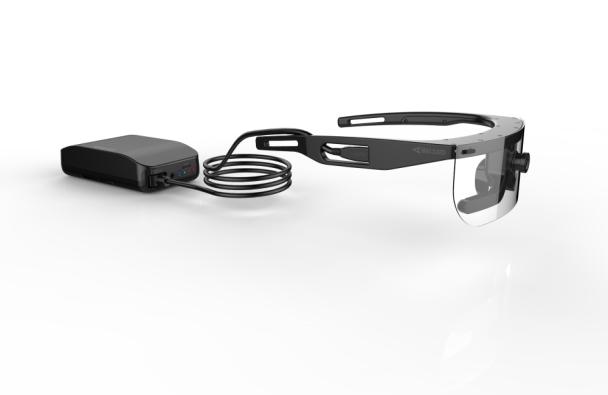




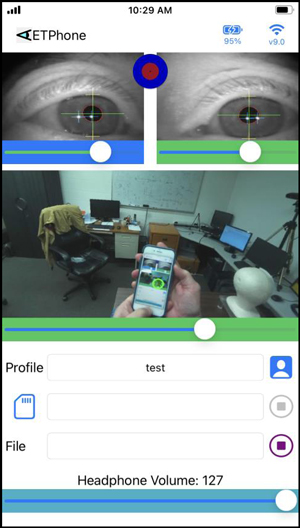

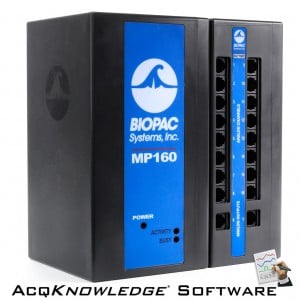
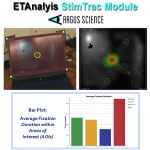
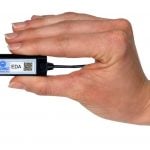
Stay Connected